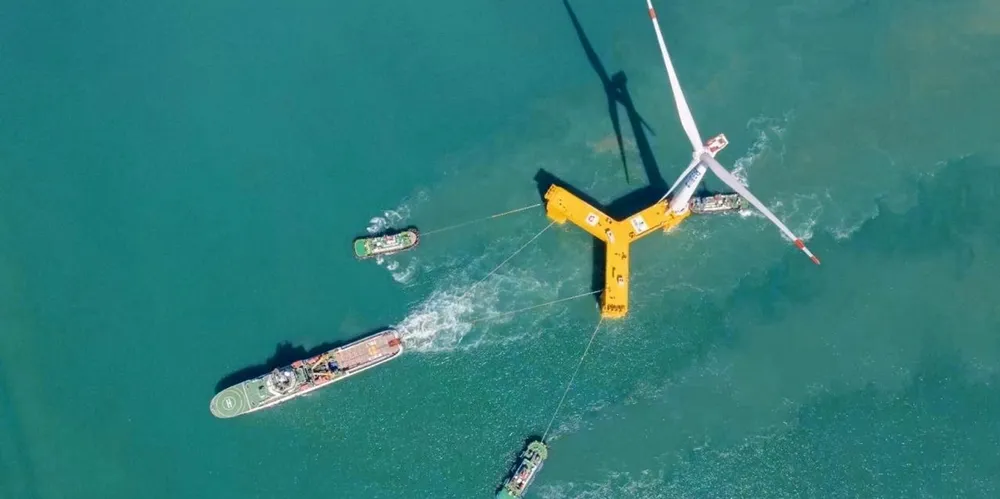Floating fleet set to 'supercharge – and internationalise' – China's offshore wind future: Aegir
Single pilot now online off Asian nation forecast to spark gigascale build of arrays, adding to record-setting bottom-fixed build and opening up opportunities to Western players, says analyst
